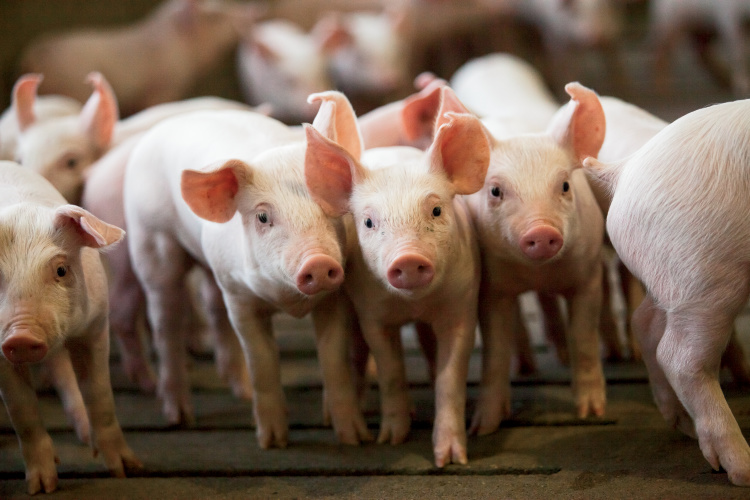Home > Minnesota > Minnesota Crops & Livestock > Pig Skin Saves Lives
Pig Skin Saves Lives
 Agriculture touches all facets of everyday life – including medicine and surgical technology.
Agriculture touches all facets of everyday life – including medicine and surgical technology.
Kevin Estrem, a lifelong farmer and president of the Minnesota Pork Board, knows this from firsthand experience. As a teenager, he suffered third degree burns to his body from the waist up when he was injured in an accident from burning brush.
But thanks to many surgeries and pigs – specifically, pig skin – he eventually healed and recovered.
After nearly two months in intensive care for his injuries, Estrem spent the next two-and-a- half years in and out of hospitals for skin graft operations.
“I didn’t have any skin there on my body and not enough uncontaminated area that they could skin graft, so they used pig skin,” Estrem says. “As of today, I still have a couple hundred pigs worth of skin on me.”
Pig skin is extremely close to human skin’s feel and structure, Estrem says, noting that surgeons still use pig skin to aid burn recovery victims today.
Many people would be hard- pressed to notice, just by looking at him, that the now 56-year-old farmer had lost skin on over a third of his body – the pig skin looks as if it is his own.
“What’s amazing is that my arms grow hair just like human skin does,” Estrem says.
About 15 years ago, Estrem started presenting to fourth grade students about agriculture and farming after his son’s school approached him for the task. During his program, he also talks about his favorite animals: pigs. Estrem’s story about his pig skin grafts is what really draws in the students’ attention, though he talks about the different parts of pigs and their benefits as well.
Encouraged to ask questions and eager to learn, the young students are fascinated by his pig skin.
“I got to be very well-known for my pig stories,” says Estrem, who also emphasizes to students the importance of using the stop, drop and roll method if their clothes catch fire.
As his program gained popularity, Estrem was asked to teach at other schools in the district, and then in different parts of the country.
He now teaches anywhere from 800 to 1,200 students each year, instilling a wonder about agriculture – and pigs – in young minds across the nation.
“The bottom line is that I would not be standing in front of people today if not for pig skin,” Estrem says.



